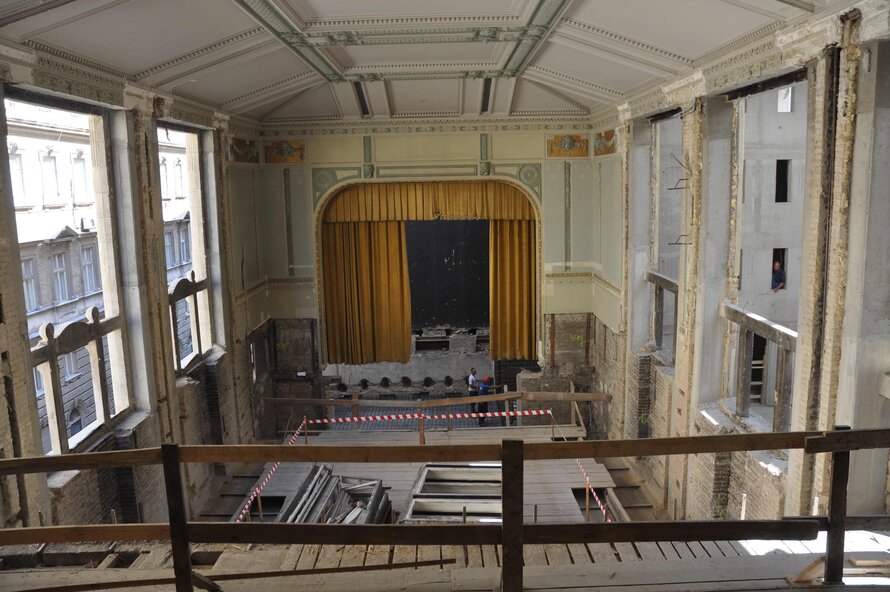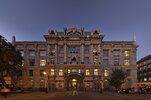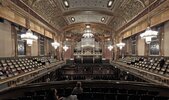Liszt Academy of Music, Budapest
The palace of the Liszt Ferenc Academy of Music in Budapest was completed in 1907. Its early modern reinforced concrete structural solutions and the uniquely rich decoration of its concert halls and public spaces make it one of the most outstanding national monuments of the ...
Read more
Project details
Description:
The palace of the Liszt Ferenc Academy of Music in Budapest was completed in 1907. Its early modern reinforced concrete structural solutions and the uniquely rich decoration of its concert halls and public spaces make it one of the most outstanding national monuments of the Hungarian Art Nouveau architecture. Due to the intensive use in the previous hundred years, the building not only lost its original splendor, but its structural and mechanical systems became obsolete, totally insufficient for contemporary standards of high standard education and concert life. The concert halls and other interiors suffered severe alterations in the fifties. After structural reinforcement works, modern mechanical, electrical, and air conditioning systems were accommodated, completely invisible, using the original principles of ventilation, and the existing vertical shafts and holes. A profound study of the archive photographs and the results of numerous site researches revealed the original beauty of motives, materials, textures and colors, which were carefully restored.
Similar projects

20th century

18th century
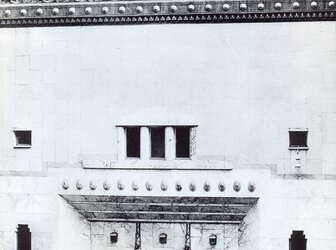
20th century
1760-1780
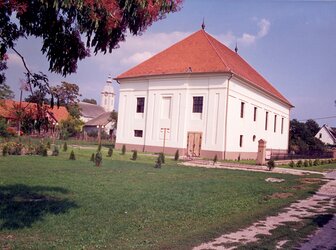
19th century
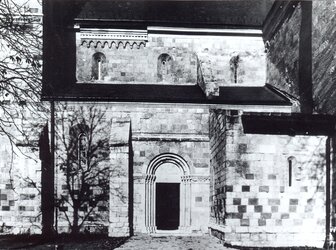
13th century
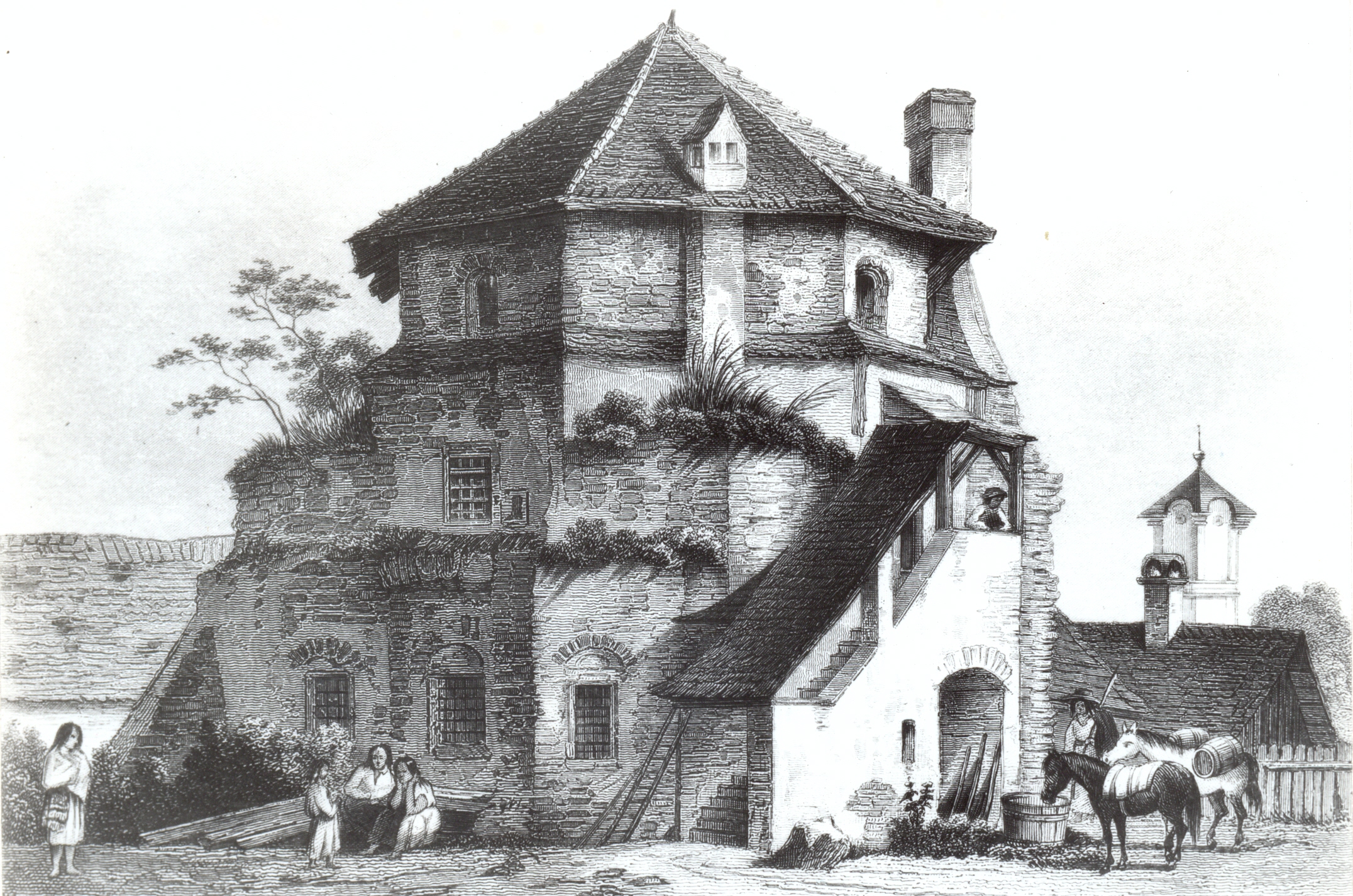
16th century
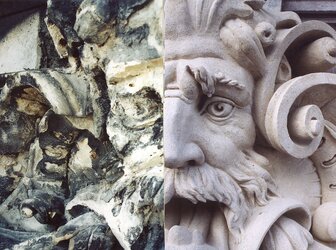
19th century
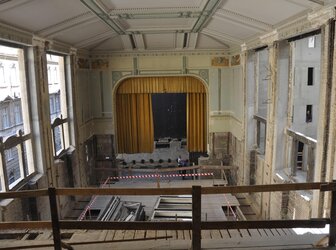
1904 - 1907

19th century
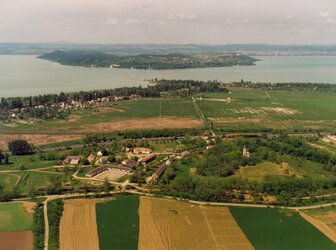
18th-19th century
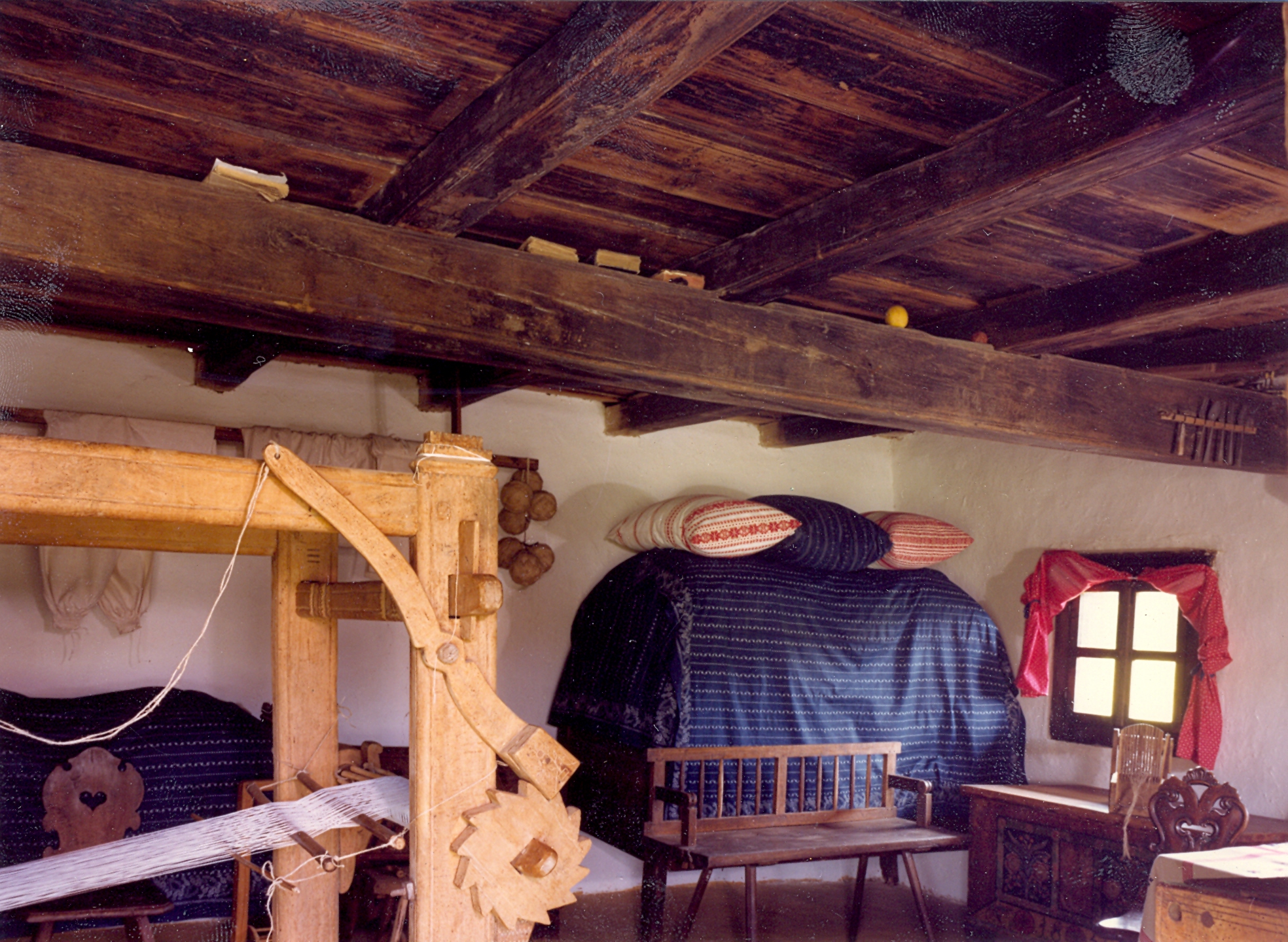
18th century
